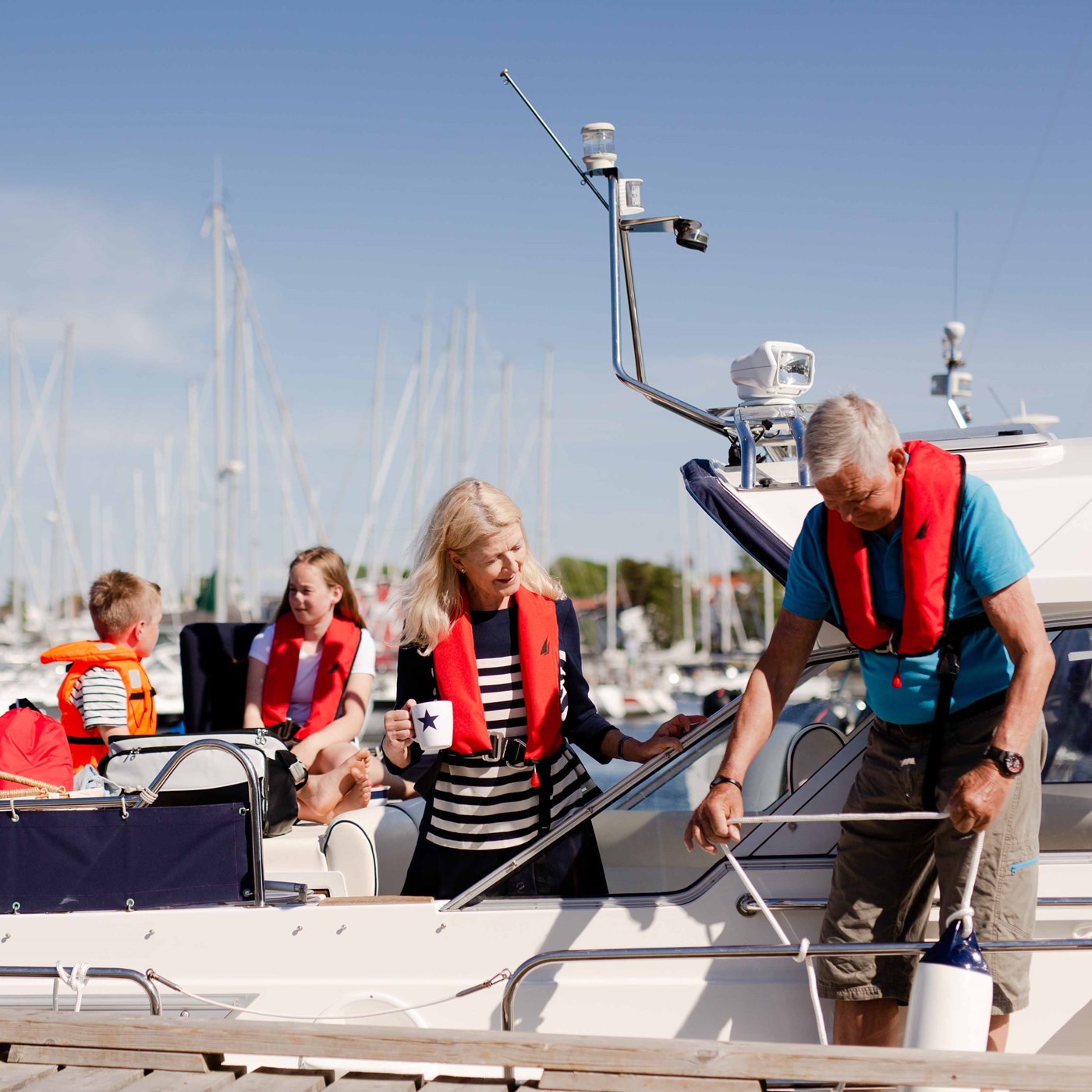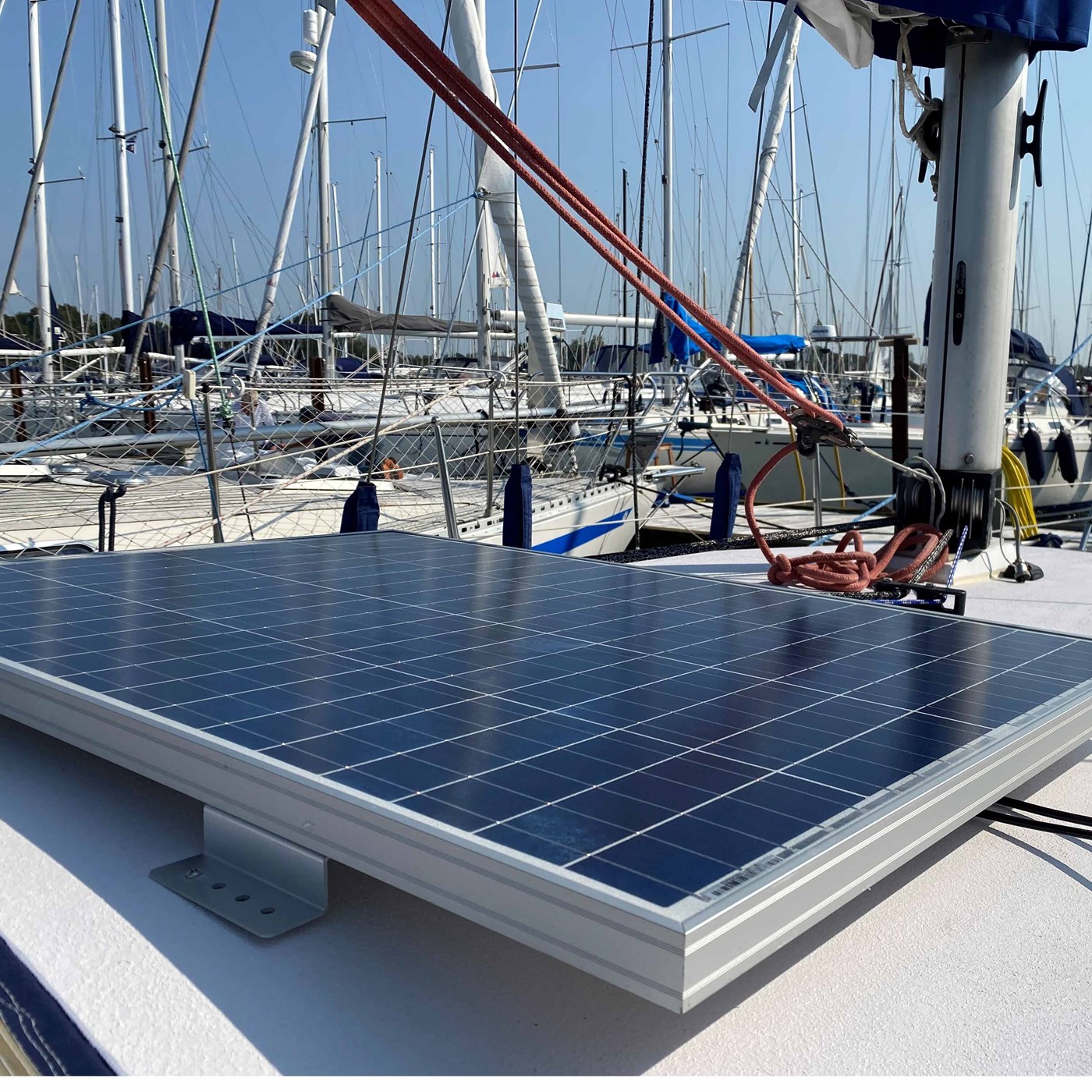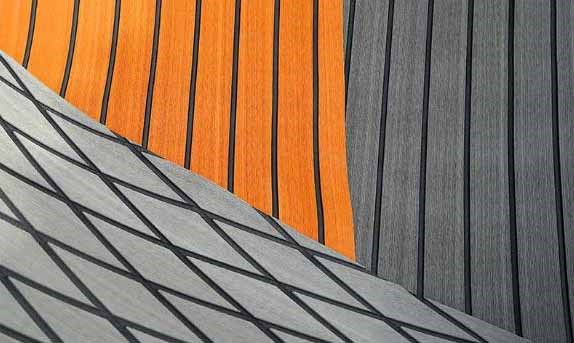Electric boat motors: an eco-friendly choice with many benefits
In many of the country’s lakes, it is not permitted to operate petrol engines, and in most marinas, the electric outboard motors has become increasingly popular, since it runs completely silently through the water without bothering marina guests with the noise and smoke from a petrol engine.
The use of electric motors for dinghies or inflatable boats has many advantages. These motors:
- Can be operated more easily by children and adolescents, making them ideal for family use.
- Emit no noise, which makes your sailing more pleasant.
- Require minimal maintenance and have no service costs, saving you both time and money.
- Can be used on many different types of boats, including dinghies, inflatable boats, and other small vessels.
- Are often cheaper to purchase than petrol outboard engines, and at the same time they are cheaper to operate, since you do not need petrol.
These are just some of the main reasons you should consider an electric motor for your boat or dinghy. So whether you’re an experienced boater just looking for an easy and economical way to enjoy the water, an electric outboard motor is an excellent choice.

Remote control - A bow-mounted electric motor can be operated with a remote control. The model from Biltema can rotate and determine the speed of the electric motor.
Choose between a bow-mounted and stern-mounted electric motor for your boat or dinghy
Basically, there are two main types of electric boat motors - bow-mounted and stern/aft-mounted. The choice between these depends on several factors, including your personal preferences, the type of boat, and the specific conditions you are sailing in.
Bow-mounted electric motor: efficient and user-friendly
Bow-mounted electric motors are preferred by many boaters, since they can be more user-friendly and efficient than stern-mounted motors in several ways. These electric motors are typically mounted to the bow of the boat on a fixed bracket, which can provide better control and manoeuvrability, especially in relation to wind and current conditions. Here are some of the main advantages of bow-mounted electric motors:
- They can be operated with a remote control, which allows the boater to control the engine functions from any point on the boat.
- With the remote control, the boat or dinghy can turn or change speed, freeing up the boater’s hands for other tasks on board.
- The front assembly makes it easier to steer the boat, especially in relation to wind and current, which can be crucial for safe and pleasant boating.
Stern-mounted electric motor: the perfect ‘backup’
Although our focus is primarily on bow-mounted electric motors, you should also consider a stern-mounted electric outboard motor. This type of electric motor is typically mounted at the aft of the boat and can be an ideal backup if your bow-mounted malfunctions.
While a stern-mounted electric motor may not offer the same level of control and manoeuvrability as a bow-mounted model, it can still be a valuable backup solution for your boat or dinghy.
Whether you choose a bow-mounted or stern-mounted electric motor, the most important thing is that you choose the solution that best suits your boat and your needs.
Step-by-step: How to install a bow-mounted electric motor on your boat or dinghy
A bow-mounted electric motor should be installed at the bow of your vessel. Hence the name. It can be a bit challenging if your boat or dinghy doesn’t already have a mounting plate that allows for easy mounting. However, you can make your own plate relatively easily. Read on to find out how to easily install a bow-mounted electric motor.
Step 1: Make a mounting plate
If you have enough space on your dinghy or boat to mount the motor, then you can skip this section.
Many dinghies or smaller vessels do not have an existing plate on which to mount a motor. If this is the case, you can make a triangular plate that can be attached to the hull. It can either be made from a strong material such as aluminium or stainless steel, or from weather-resistant wood.
The plate can be secured with stainless steel brackets or by using marine silicone to glue it directly to the railing.

Mounting plate - The mounting plate should be secured with full-length bolts. If there is no plate at the bow of your dinghy, you can make and mount one. Biltema’s bow-mounted electric motor comes with mounting plate.
Step 2: Find the right place for the electric motor
When mounting the electric motor, it is important to ensure that the motor shaft can move up and down unhindered. It is also crucial that you make sure that the rear end of the electric motor is as close as possible to the boat’s railing to minimise protrusion beyond the hull.
If you start by mounting the mounting plate with a single screw, you can more easily adjust it and find the optimal angle for the electric motor.

Placement - The shaft of the electric motor must be able to move freely of the dinghy bow.
Step 3: The electric motor must be permanently secured
Once you have found the right position for the electric motor, you can make the permanently secure it using the remaining screws or marine silicone. It is a good idea to use full-length screws with nuts and large washers. This ensures that the mounting plate is firmly secured and the discs can absorb and distribute the load on the underside of the plate, minimising the risk of damage to the hull.
By following these steps, and with a little patience and precision, you can mount a bow-mounted electric motor on your boat or dinghy yourself.
Remember to ensure that the installation is safe and strong, and that the electric motor is positioned as optimally as possible to ensure maximum steering and manoeuvrability when boating.

Titled up boat engine - To protect the electric motor from bumps and knocks, it should not protrude beyond the sides of the boat when titled up
How to choose and install a suitable battery for your motor
For your electric motor to power your boat, you need a reliable energy source. And you get that in the form of a battery. There are several things to consider when choosing the right battery.
Both the size and type of battery affect your motor and boating experience.
The battery you choose must also be suitable for maritime conditions. The battery must be able to withstand the stresses that occur during on the water. An AGM battery is a good choice since it better tolerates discharges and is maintenance-free.
Your electric motor battery must be powerful enough to propel the boat forward. Typically, an electric motor will use 12 V, which means you can get by with one battery.
When it comes to battery size, a suitable size is around 100 Ah.

Battery box - A battery box is ideal for storing your battery to ensure that it as well protected as possible.
Battery installation and protection
When installing the battery, you need to make sure that it is protected from the elements. Consider placing the battery in a specially designed battery box or in an enclosed stowage compartment on your boat or dinghy.
Using a battery box has the added advantage of making it easier to handle the battery and protecting it from short-circuiting. Most battery boxes have built-in clamping terminals, which make it easy to connect the motor to the battery without the use of tools.

Lid of the battery box - In the lid of the box, there is room for both a battery meter and overload protection. There is a cigarette lighter socket on the side for connect accessories, such as a phone charger or sonar device.
How to choose the right size motor and battery
When choosing the right size electric motor and battery, you should primarily consider the conditions under which you typically use the boat.
A small, lightweight dinghy used in a quiet harbour requires less motor power than a heavier boat sailing in waves and headwinds. whereas one-man dinghies can get by with a smaller model.
However, it is important to note that weather conditions also play a significant role when it comes to motor power. Weather conditions can drastically change your needs for motor power and battery size. Calm wind conditions require less motor power and energy, while strong winds and waves will increase your need for motor power and thus also your battery needs.
Choose battery size based on your boating needs
When it comes to choosing a battery size, a 100 Ah battery is ideal for many boaters. In calm wind conditions and at low speed, you can expect 6-8 hours of operating time with a 100 Ah battery.
However, if you are planning full-day fishing trips on larger lakes where the engine is in continuous operation, it would be wise to consider bringing an extra battery.
Choosing the right size electric motor and battery will ensure that you can enjoy your time on the water without worries about whether your motor and battery can handle the load. And isn’t that exactly what you want - a carefree experience?

Motor lock - If your motor remains on the boat, it is a good idea to have a motor lock.
Charging the battery
A charged battery is essential for a good boating experience. But you need to have the right charger and you must know how to charge your battery correctly.
Explore off our battry chargers
A charger must be able to provide enough power to fully charge your battery, even if it has been completely discharged at some point. It is therefore preferable to have 8-10 Amp charger for a 90-100 Ah battery.
You may want to opt for a charger with different charging controls. This type of charger is characterised by having intelligent control, while you can manually choose between three charging modes. If your battery is heavily discharged, you can choose a specific type of charging that suits the situation.
How to maintain an electric outboard motor
Even though your electric motor is virtually maintenance-free, with some very simple maintenance routines you can extend its service life and ensure smooth boating. After each use or when removing the outboard motor from the water, the rig must be flushed with fresh water.
Here are some tips to remember:
Annual maintenance of the propeller
You should remove the propeller once a year to lubricate the shaft with marine grease. This helps prevent rust and corrosion while ensuring that the shaft continues to function smoothly.
Remove foreign objects
It’s inevitable that your electric motor will capture foreign objects like fishing line and seaweed, especially when boating in areas with a lot of vegetation and plant growth. Check the propeller shaft regularly and remove any foreign objects to prevent damage.
Maintenance of moving parts
Dismantling the side covers and lubricating the moving parts with marine grease can help reduce friction and extend the service life of your electric motor. This should be done regularly, depending on how often you use the motor.
Cleaning battery connections
It is important to keep the battery connections clean and free of dirt and grime, as this can affect the efficiency of the power supply. Regular cleaning can prevent problems with the power supply in the long term.
Battery maintenance
If you do not plan to use your electric motor for an extended period, such as over winter, it is important to charge the batteries regularly. This helps extend battery life and ensures it’s ready to use when you’re ready to take the boat out again.
Maintaining your electric outboard motor may seem like a challenge at first, but by following these simple steps, you can ensure that your motor stays in top condition for years to come.



